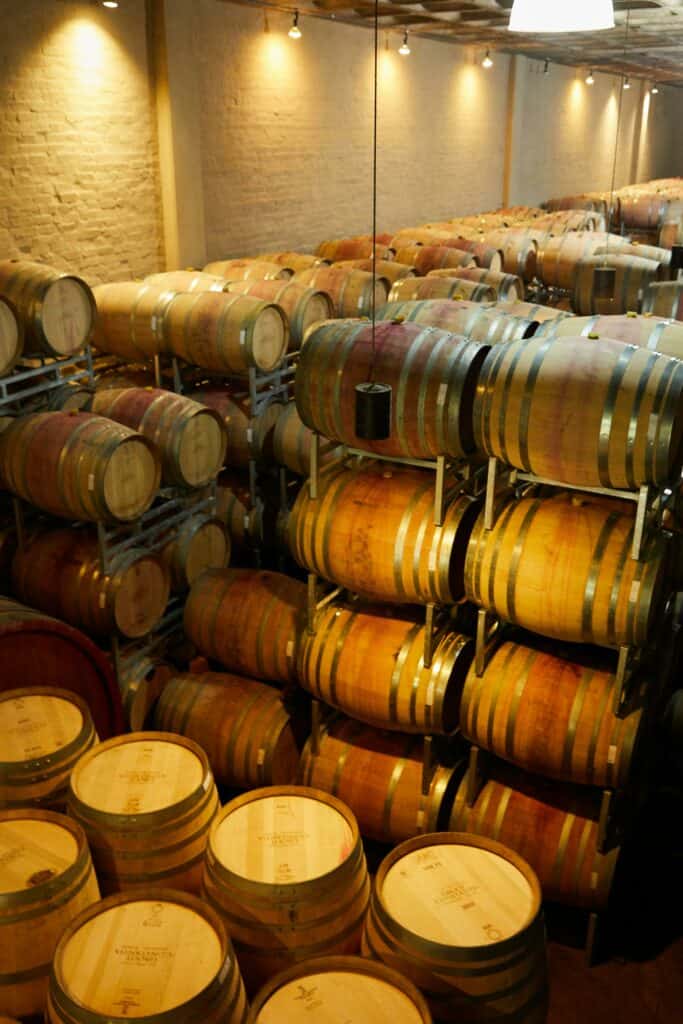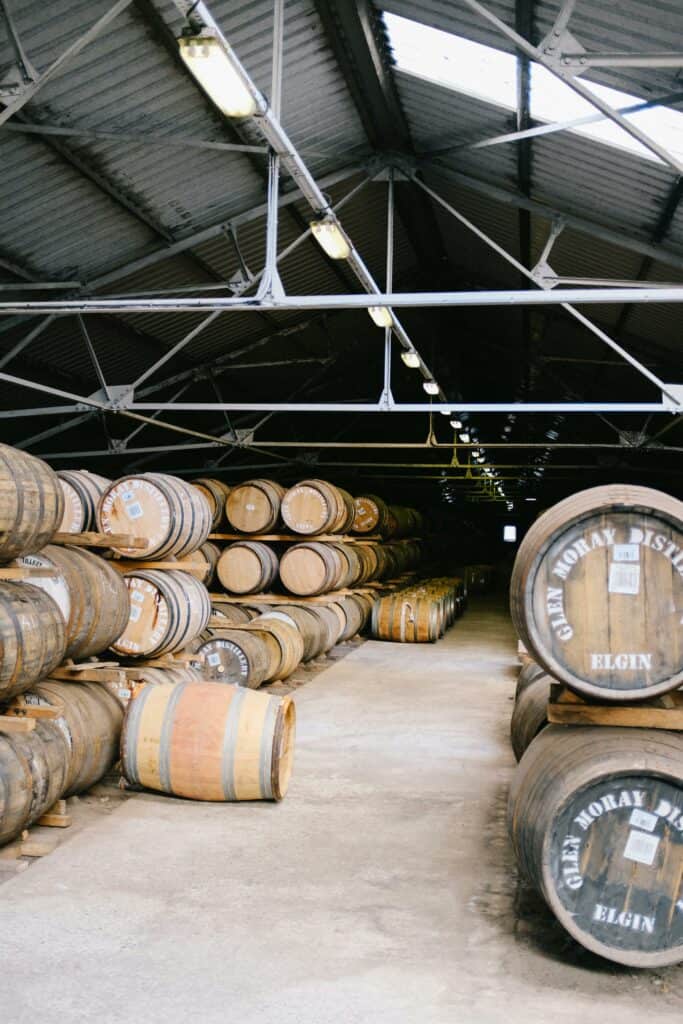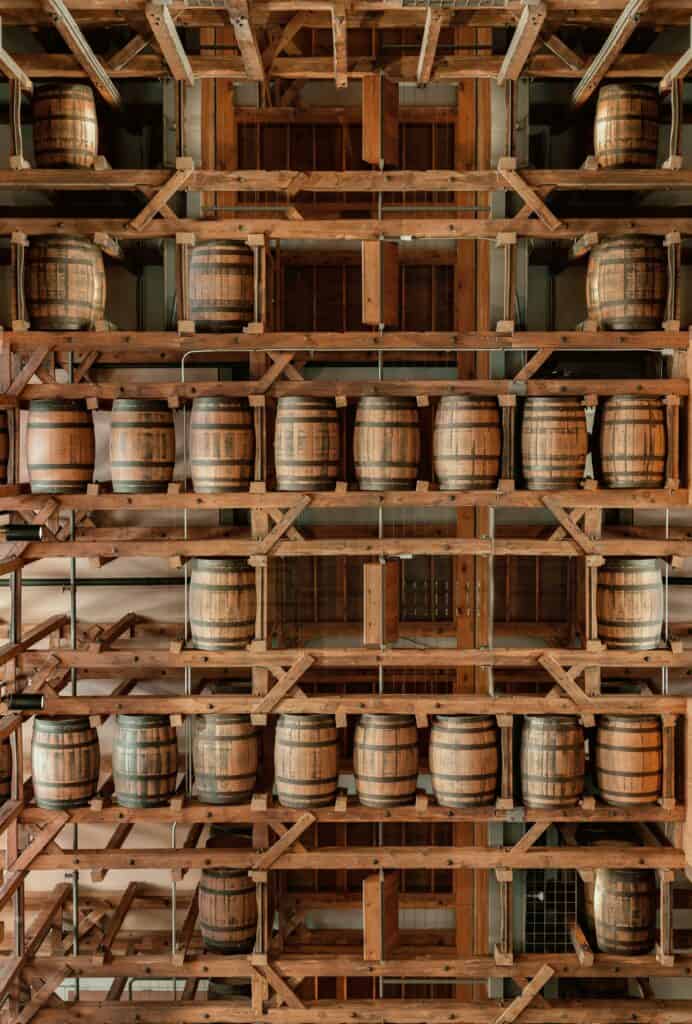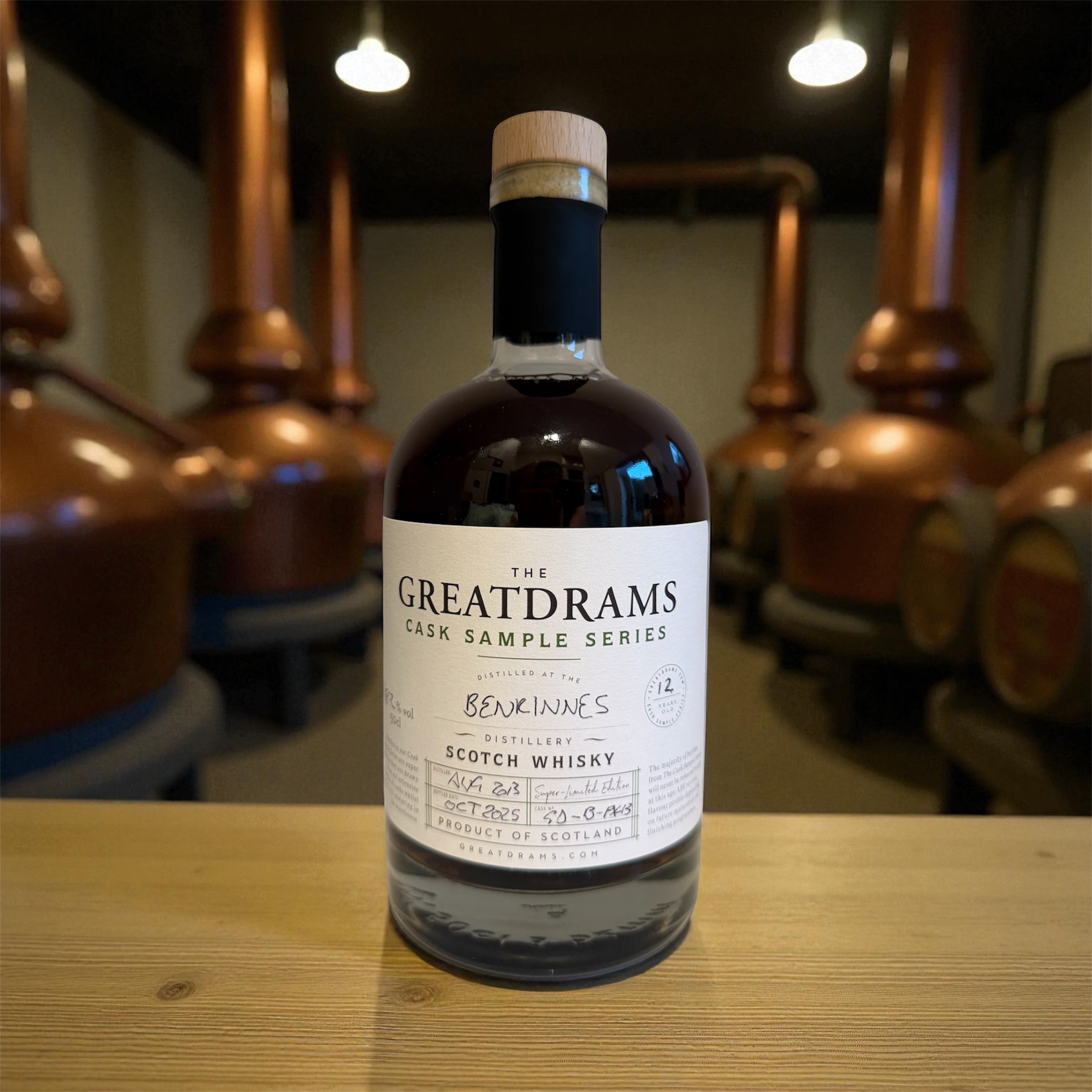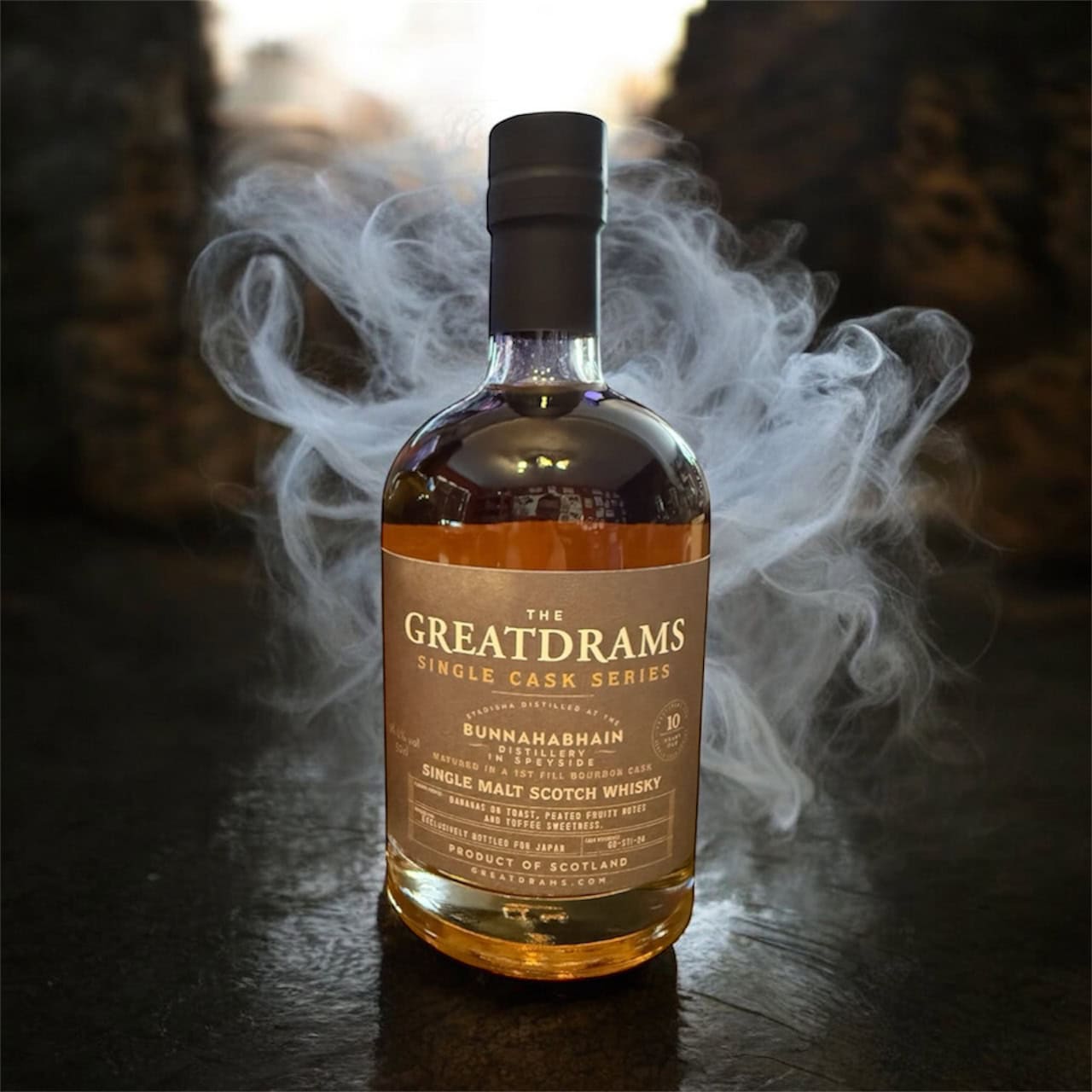Inside Whisky’s Secret Chambers: Exploring the Varieties of Ageing Warehouses
They say that ‘patience is a virtue’, and no saying has ever rang truer, than when it comes to whisky ageing.
Whisky is a drink that needs to age. It’s not just a case of ‘the longer you leave it, the better it gets’ it literally needs to age, and not just from a legal standpoint. Aging a whisky helps to completely transform the liquid. So much so in fact, that when it emerges years later, it looks, smells, and tastes completely different to when it first entered the cask.
Legally, for a whisky to be sold as a Scotch, it must be produced and aged in Scotland for a minimum of three years. Once in the cask, the whisky is stored in a warehouse, typically attached to the distillery where it was made. These warehouses play a pivotal role when it comes to whisky production, which is what I’m going to be talking about today.
Here’s a look at the different types of ageing warehouses used in whisky production, and why they’re so important.
What are Ageing Warehouses?
By my own admission, I’m not the most patient of individuals, so the thought of having to wait at least three years, usually much longer, to enjoy a new Scotch isn’t exactly ideal. What I do know, though, is just how important the ageing process is, and if it weren’t for ageing warehouses, it wouldn’t be possible.
An ageing warehouse is purpose-built for storing whisky in casks as part of the ageing process, though some existing buildings have been re-purposed for the same role.
Whisky needs to be stored in optimal conditions when it comes to ageing. You can’t just fill a cask with new-make and then stick the cask in a spare bedroom or garage. Partly because distilleries have dozens, hundreds, even thousands of casks which need to be stored correctly.
Whisky can’t be stored in conditions that are too warm or too cold. It also can’t be kept in direct sunlight, or exposed to the elements. It needs to be kept in a fairly cool, fairly dry, dark place for at least three years, when it comes to Scotch at least.
Typically, these are man-made, though in some countries more natural solutions, such as caves, may also be used with great effect.
Types of Ageing Warehouse
Typically, when we talk about ageing warehouse in whisky production, casks are stored in three different types. These are:
-
- Dunnage (traditional)
-
- Rickhouses (racked)
-
- Palletised
Though the warehouses serve the same purpose, there are of course many differences setting them apart. Here’s a quick overview.
Dunnage Warehouses
Also known as traditional warehouses, dunnage warehouses are synonymous with Scotch, and they hold a very special place in my heart.
Imagine an old stone warehouse, complete with slate roof and double doors, with the most amazing and intense aroma of whisky you could ever imagine, and that’s what you get with a dunnage warehouse.
Dunnage warehouses are designed with stability in mind. They help to keep temperatures cool (fairly easy in the UK) without allowing for large fluctuations during temperature changes. This comes from the thick-stone walls and slate roofs, which help to provide both insulation and cooling effects. Basically, they keep the cask temps at a sweet spot that’s just right for the whisky to mature and develop.
Dunnage warehouses have no solid floor, with floors instead being made from natural earth and low, to allow casks to be stacked on top of one another, three layers high to promote good airflow. Some dunnage warehouses will also have more than one floor though this is uncommon.
Racked Warehouses
Racked warehouses, also known as Rickhouses in Kentucky, are much more modern. These structures are usually built with multiple storeys and are made from metals, brick, and concretes. These are the types of structures you’d expect to see Kevin Macleod touring during an episode of Grand Designs.
Racked warehouses have solid floors, allowing casks to be stacked on top of each other as many as twelve layers high. They’re stacked upright, rather than on their side, to allow forklift drivers to move them more easily.
Whereas dunnage warehouses can be traced back several centuries, racked warehouses are much more modern, having been first pioneered in the 1950s. Because of their size and practicality, racked warehouses are most commonly used in Scotch whisky production, with around 60% of all barrels in Scotland being stored in them.
Whisky barrels in racked warehouses are often rotated because those stored higher up will be warmed than those lower down. This could dramatically alter the flavour of the whisky.
Palletised Warehouses
Finally, last, but certainly not least, we have palletised warehouses.
Again, these are much more modern structures, more modern in fact, than racked warehouses. As the name implies, these warehouses allow casks of whisky to be stored upright on wooden pallets, in batches of four or six, depending on the size. The casks are secured together with plastic or steel straps.
A lot of purists are unsure about these warehouses because whisky evaporates at a greater rate when stored upright. This means that whisky inside the cask is in contact with different parts of the cask when compared with laying horizontally. This could, in theory, make the whisky more volatile in terms of the finished product.
Despite this, though, many of the world’s most popular whiskies are aged in palletised warehouses, so they can’t be that bad.
If you’d like to learn more about your favourite whiskies, or simply treat yourself to a wee dram or two at the same time, head on over to GreatDrams.com and take a look at what we have to offer.
With an impressive selection of limited-edition, rare, and award-winning whisky, as well as heaps of whisky info on our blog, it’s the perfect spot for all you whisky lovers out there.



